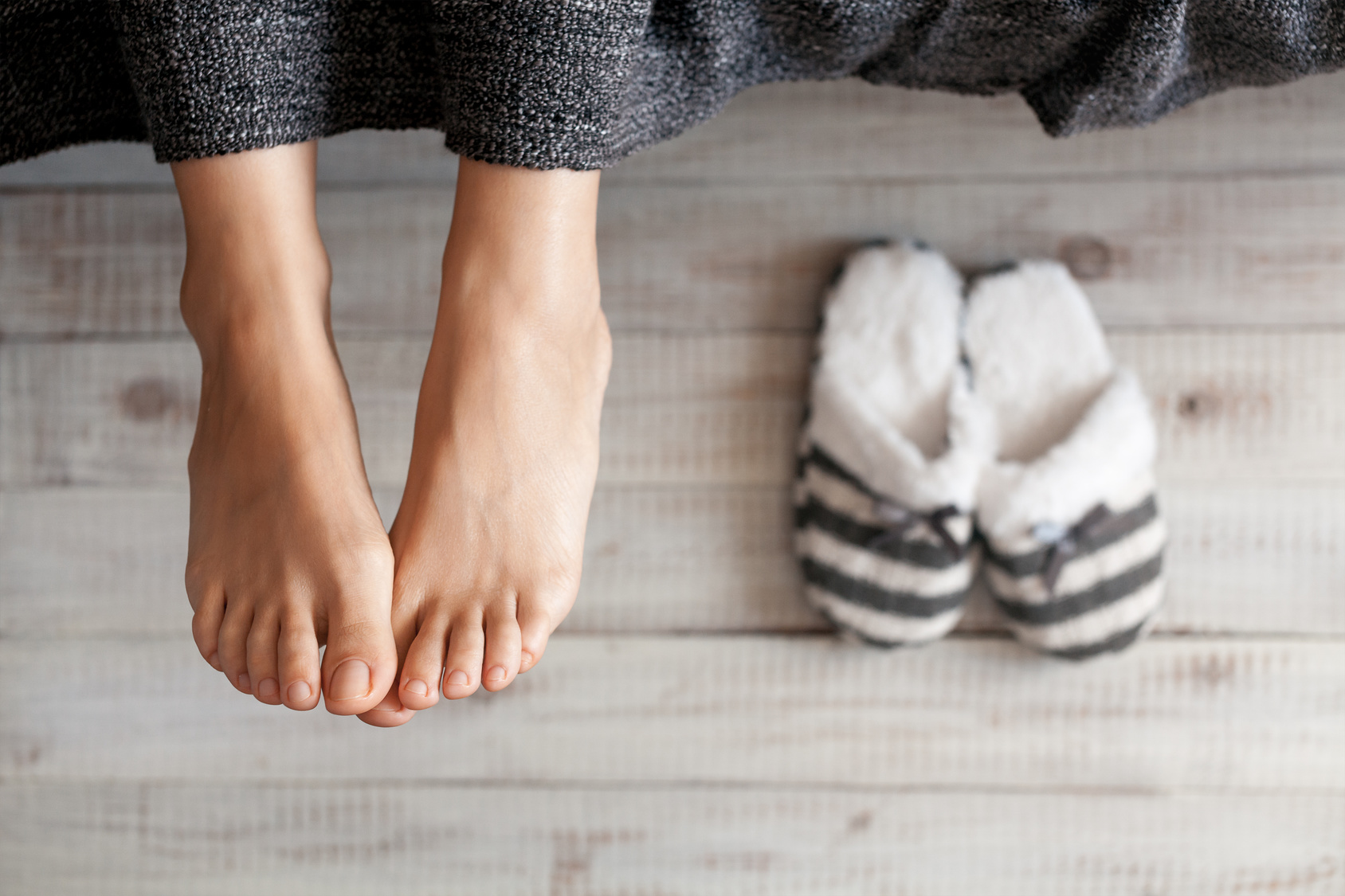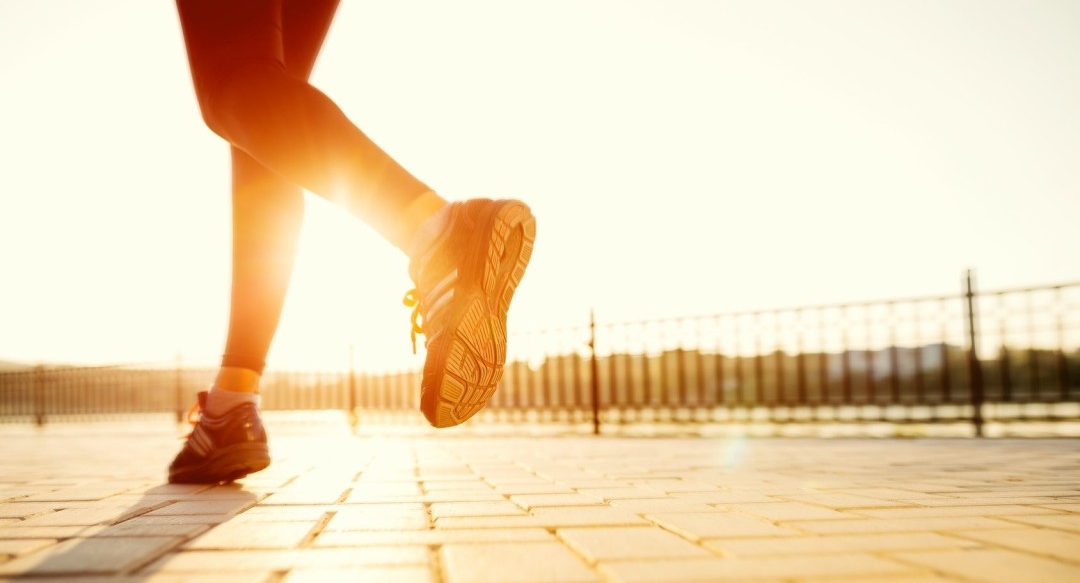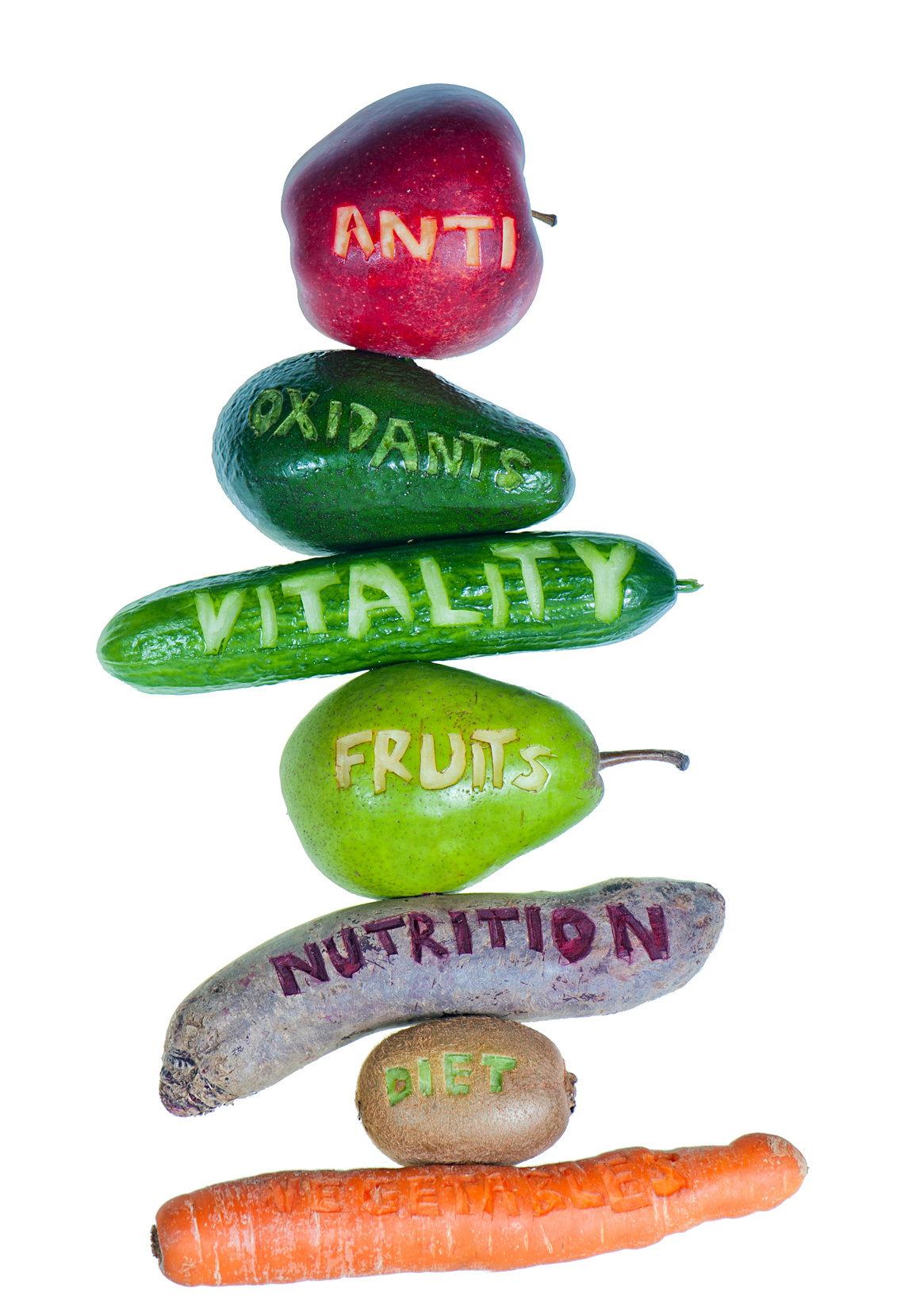In the modern Western world, yoga is usually connected with keeping harmony of body, soul and breath in balance. It is a philosophical teaching, which includes mental and physical exercises. The relaxing and balancing effect of yoga is ideal for stressed people, who strive after more serenity and inner peace.
Where does yoga come from and what is its exact meaning?
Yoga has its origin from India. The term yoga is from the Indian Sanskrit and means “unit, harmony”. There are many different forms of yoga, often with its own philosophy and practice. In the West, mainly body exercises are the focus, the so-called asanas. Asanas train your power, flexibility and balance. In general, yoga exercises are connected to deep relaxation, breathing and meditation. Some solely meditative forms of yoga focus mainly on mental concentration. Special breathing exercises, so-called pranayama – are also trained, often even in connection to physical asanas. Other directions emphasize asceticism (strictly abstemious and forsaking way of life for realization of moral and religious ideals).
Traditional, Indian yoga differs clearly from modern Western yoga. The teaching and exercises are much more complex than those of the mentioned modern forms of yoga. However, the endeavor remains the same: balancing body, mind, soul and breath with yoga to reach more inner peace.
Yoga can also have an anti-aging effect! How?
Hormone yoga is said to have a beauty-promoting effect.
Initially, hormone yoga was developed to influence hormonal changes, especially during menopause. It particularly affects the female glandular and hormonal system and stimulates the estrogen production in the ovaries in a natural way. It not only causes an increase in the hormone level but also improves the symptoms of menopause if practiced regularly.
Some special exercises help the practitioners to provide them with more radiant beauty. The “5 waves of beauty” are special exercises which give a real beauty kick to your skin and hair!
You may need to get used to these exercises first but they evidentially give a natural glow to your skin!
You start with warm-up exercises which is called „flying hair“. After that, you practice the exercises of “5 waves of beauty”. A special breathing technique plays an essential role (so-called Bhastrika breathing). These exercises should be shown and controlled regularly by an experienced yoga teacher.
Ask your yoga studio about these exercises and see how a new glow rests on your skin.
Namaste
This is a salutation and greeting used in India as well as several other Asian countries to express your reverence to another person.




